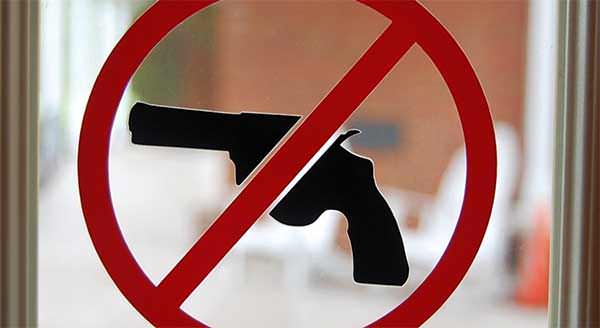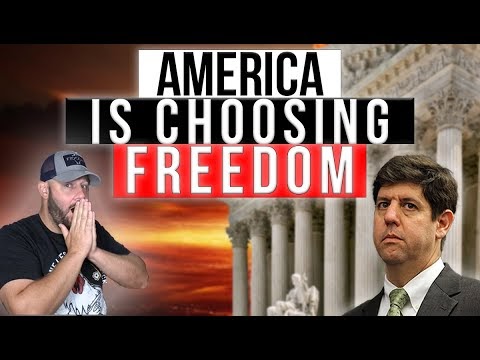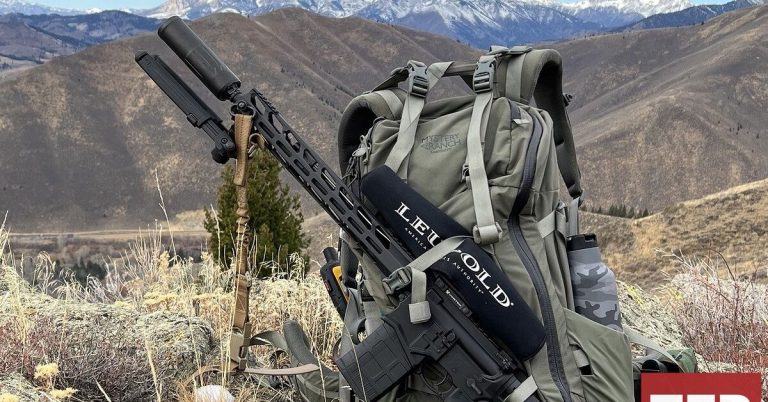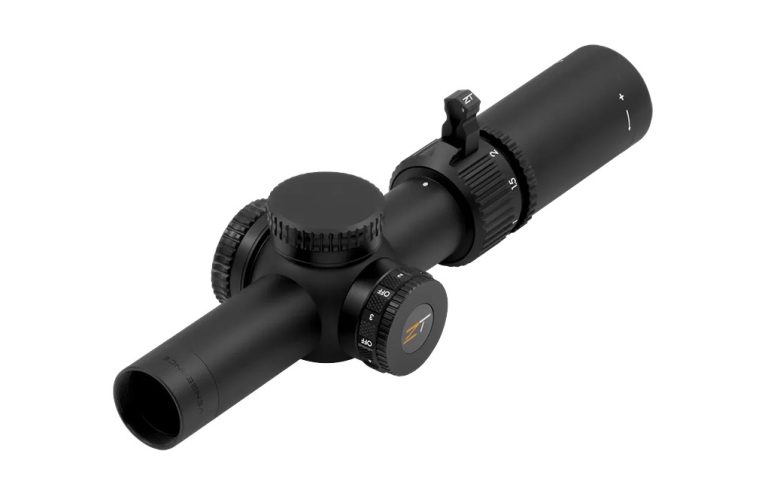Opinion
H/T and video by Mark Smith of The Four Boxes Diner
In the ongoing debate over gun rights, the Second Amendment Foundation case of Fort v. Grisham is making waves as it addresses the contentious issue of where firearms can be carried. Specifically, the U.S. Court of Appeals for the 10th Circuit recently heard oral arguments concerning New Mexico’s controversial decision to ban firearms in certain public areas, including playgrounds and parks.
This case is significant for Second Amendment advocates because it’s a direct challenge to New Mexico Governor Michelle Grisham’s emergency order, which sought to limit the presence of firearms in these areas due to a rise in violence. On one side, organizations like the Second Amendment Foundation, Gun Owners of America, and Firearms Policy Coalition are pushing back against what they see as unconstitutional restrictions. On the other side, the state argues that these bans are necessary for public safety.
More BackGround:
“On September 7, 2023, New Mexico Governor Michelle Lujan Grisham issued Executive Order 2023-130 declaring a state of emergency exists in New Mexico related to “gun violence”. Based upon the declaration of an emergency, Secretary of the New Mexico Department of Health, Patrick Allen, issued a “Public Health Emergency Order Imposing Temporary Firearm Restrictions, Drug Monitoring, and Other Public Safety Measures” on September 8, 2023.
The Orders make it illegal, until at least October 6, 2023, for “ordinary, law-abiding citizens” of New Mexico to carry firearms in public for self-defense in Albuquerque or Bernalillo County. Put another way, the Orders banned carry in two of New Mexico’s counties in direct defiance of the clear command of the Second Amendment and the Supreme Court’s edicts.”
The Legal Battle: What’s at Stake?
The primary focus of the court’s discussion wasn’t just on the Second Amendment, but also on procedural issues like standing and mootness—questions about whether the plaintiffs are even in a position to bring the lawsuit. However, the meat of the argument centers around whether the government has the right to restrict firearms in public places deemed “sensitive,” like parks and playgrounds.
Governor Grisham’s team heavily relies on historical precedents from the late 19th century to support these restrictions, but the plaintiffs argue that the relevant time period for interpreting the Second Amendment is much earlier—1791, when the Second Amendment was adopted. The court seemed to lean in favor of this argument, noting that regulations from the 1800s shouldn’t necessarily override the original intent behind the right to bear arms.
Key Arguments: Historical Context Matters
One of the most compelling points made during the hearing was about the interpretation of historical laws. The judges expressed skepticism over New Mexico’s reliance on laws from the late 19th century, arguing that those laws might not accurately reflect the country’s founding principles. The plaintiffs pointed out that in the 18th century, there were public areas, similar to modern parks, where firearms were not restricted. For example, Boston Common—used for grazing animals and recreation—had no firearm bans in place.
Furthermore, the judges explored the idea that many 19th-century parks imposed not just gun bans but restrictions on free speech, loud talking, and even stepping on the grass. If those regulations wouldn’t stand today, why should the gun bans from that era be considered legitimate?
The “Sensitive Places” Debate
The concept of “sensitive places” is central to this case. The government argues that places like schools, playgrounds, and parks should be treated as sensitive areas where firearms can be restricted. However, the plaintiffs countered that the Bruen decision by the U.S. Supreme Court only identifies three specific types of sensitive places—polling places, legislative chambers, and courthouses—and any other restrictions must be justified by historical analogies.
The playground debate is particularly tricky because the term itself is vague. Does it apply to playgrounds at schools, in malls, or even at fast-food restaurants? The plaintiffs argue that this lack of clarity weakens the government’s case.
What’s Next?
This case highlights the ongoing struggle between state governments and Second Amendment advocates over the scope of gun regulations. With the 10th Circuit court hearing the arguments, the decision could set an important precedent for similar cases across the country. As the court deliberates, one thing is clear: the historical context of the Second Amendment remains a critical battleground for both sides.
For gun rights advocates, cases like Fort v. Grisham underscore the importance of understanding not just the modern implications of firearm regulations but also the historical foundations of these laws. Whether this case is decided on procedural grounds or the merits of the Second Amendment itself, it serves as a reminder that the fight to protect gun rights is as much about legal strategy as it is about the Constitution.
Stay tuned for more updates on this and other major Second Amendment cases.
Read Related: Dangers of Misrepresenting History: Malcolm Gladwell, Sir John Knight, & the 2nd Amendment


















